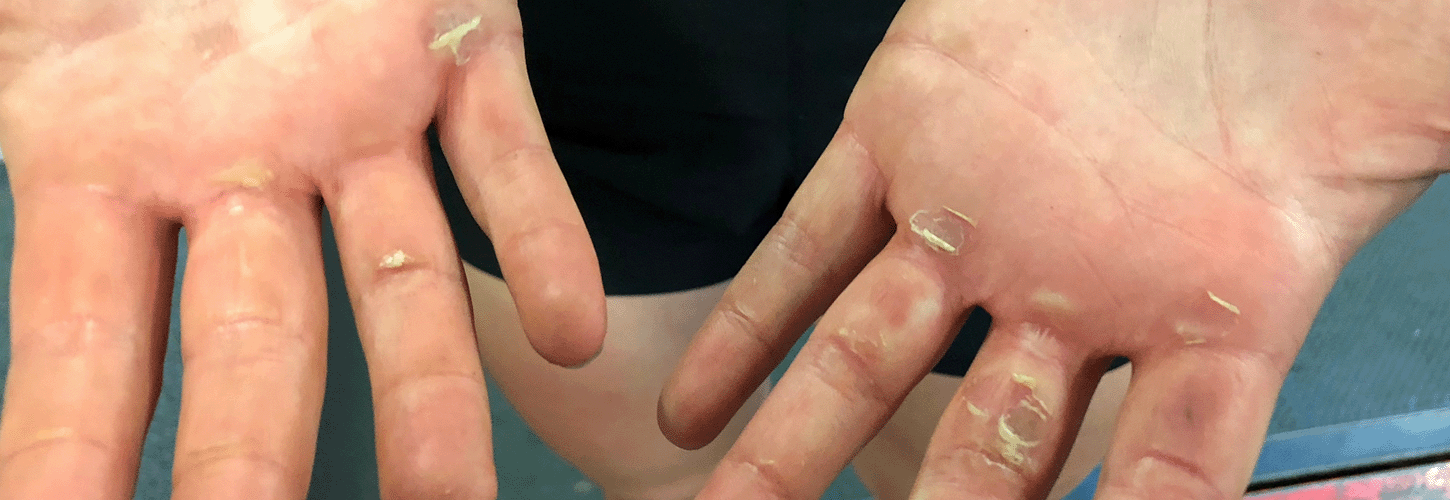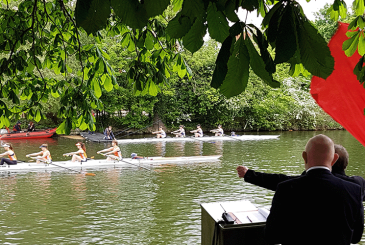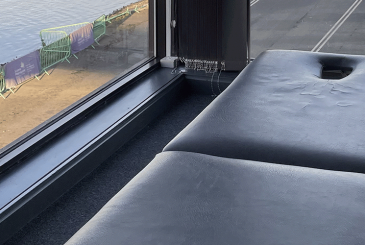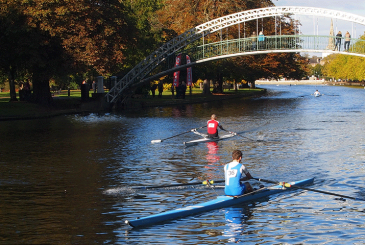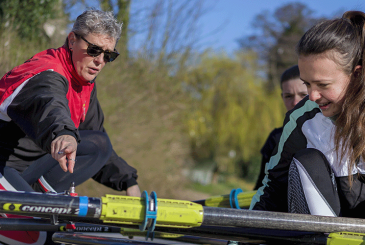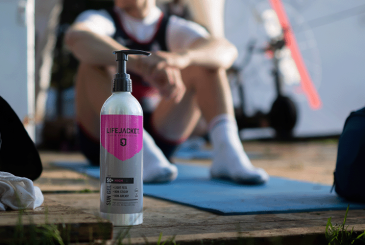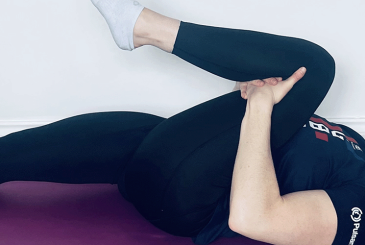We all know that blisters can happen during outings on the water, on the rowing machine, and even in the gym. So what can you do about them?
To some, having rough, scarred hands is a badge of honour. However, blisters can be extremely painful, can cause you to have bad technique when rowing with them and can also get infected very easily. So avoid getting blisters if possible.
Keep your hands clean, wash with soap and water and use hand cream to keep your skin supple as this will help prevent chapping and dry skin. Keeping yourself generally healthy and well hydrated will also help.
Why do rowers get blisters?
Blisters on your hands happen due to the constant friction between your hand and the oar handle. For beginners, blisters can develop quite quickly if you grip the blade handle too hard. More experienced rowers can still get blisters if they’re doing high mileage – or if they’re returning to training after some time off.
Gripping too hard is a technical fault – learn to have a loose grip as this will improve your rowing/sculling in many ways and will help to prevent other injuries such as tenosynovitis. Think of making you hand a hook not a grip. A loose grip will also help to keep your hands warm in winter by allowing the blood to flowing through to your fingers.
Blisters can also occur on your buttocks – again due to friction between your buttocks and the seat, especially when wet. Use a seat pad or a folded towel if you are prone to these. Double layers on rowing shorts helps to prevent these as well.
The basic rule is to keep blisters dry and covered, particularly during the day
What about wearing gloves?
Some people wear gloves – this is a personal choice and can be essential if you work in healthcare and allied professions where having blistered and calloused skin is inappropriate.
There are specialist rowing gloves available or you can use gym/lifting gloves.
Keep your gloves clean, and try to keep your hands dry.
If you have very sweaty hands, this can cause friction. Consider wearing gloves and using a towel in the gym to keep your hands dry.
On the ergo, putting a well-washed (and therefore soft) sock over each side of the handle can considerably reduce blisters. Secure the sock with an elastic band at the chain end.
How to burst a blister
The basic rule is to keep blisters dry and covered, particularly during the day. If you decide you need to burst your blister – if this has not already happened during the outing – then this is how to do it:
- Wash your hands and the blister with warm water and soap.
- Wipe the blister and the area around it with an antiseptic liquid or cream. Do NOT use surgical spirit or meths.
- Sterilise a clean, sharp needle by wiping it with the antiseptic. Gently puncture the blister around the edge in a few spots.
- Gently press down on the blister and let the fluid drain out. Do NOT remove the skin over the blister.
- Apply antiseptic ointment over the area and cover with gauze or a bandage. Keep it dry.
- After a few days, cut away the dead skin using sterilised (dipped in antiseptic liquid) scissors and tweezers.
- Reapply antiseptic ointment and protect the area with a bandage or gauze when you return to rowing.
Redness, pus, warm or inflamed skin, or increased pain coudl all be signs of infection. Seek medical help immediately.
If your blister bursts during an outing, make sure to scrub the oar handles well to remove the blood and fluid and help prevent bacterial infection for others using the equipment.
For a further explanation of skin breakdown for rowers, see our article Skin to win: Looking after your hands and buttocks.
This article is based on one by British Rowing Learning, Education and Training Manager Persphone Wynne, first published in July 2020.


